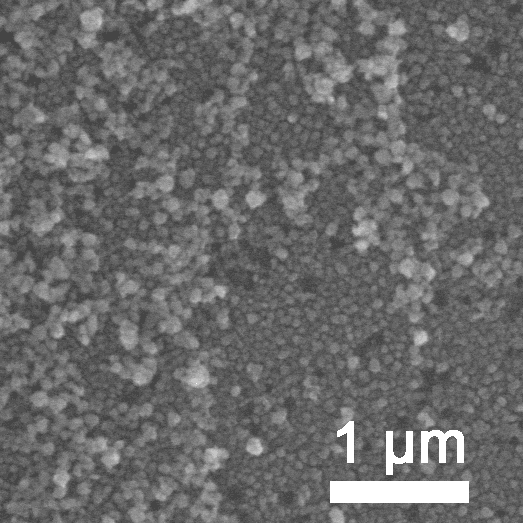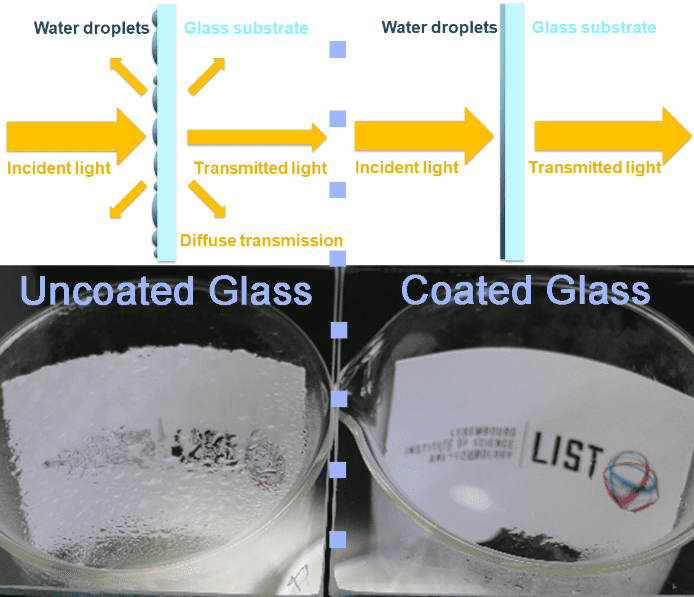Permanent anti-fog windshield nanocoating for enhanced driver vision
Intermediate result from partners List and TME.
Result has been achieved on 14 November, 2019 in month 25 of the project.
Short introduction
Windshield and view mirrors fogging-up is a common safety issue experienced by every driver. Unless heating-up the surface, increasing the energy consumption of the heating ventilation and air conditioning (HVAC) system, water vapour condensate on cold surfaces. Surface tension causes the condensed water to form droplets on the windshield and view mirror surfaces, scattering the light and hazardously reducing the driver’s vision.
Objective
- Within the DOMUS project, one of the objectives is to implement superhydrophilic nanocoatings on the interior side of the windshield as permanent anti-fogging solution to both increase the driver vision and reduce the HVAC energy consumption. The concept relies on the high surface energy of superhydrophilic surfaces to overcome the water surface tension and make the droplets merge as a thin and invisible water layer.
- Superhydrophilic nanocoatings are deposited on glass substrates using an atmospheric plasma torch selected for i) its ability to form nanocoatings at low temperature in order to preserve the glass and the polyvinyl butyral (PVB) interlayer contained in the car front windshield and ii) its capability for the treatment of complex shapes, notably formed windshields.
- Due to their high surface energy, superhydrophilic coatings are prone to surface contamination. Therefore, the anatase polymorph of TiO2, that possesses superhydrophilic and self-cleaning (photocatalytic) properties, is selected. Moreover, doping of the anatase TiO2 phase is undertaken to promote visible light photocatalytic activity.
Scanning electron micrograph of the surface of a TiO2 nanocoating deposited on windshield glass by atmospheric plasma
- Transition metal and non-metal dopants have been inserted in the TiO2 lattice and their influence on the superhydrophilicity and self-cleaning properties, as well as optical and wear resistance properties, have been thoroughly studied. The coated glasses all exhibit anti-fogging properties with a magnitude that depend on the nature and concentration of the doping element. The ultrathin thickness (typically below 50 nm) of the nanocoatings ensure the excellent transparency of the coated glasses. The developed solution will be implemented on a windshield and integrated to the DOMUS demo car in close collaboration with Toyota Motor Europe partner.
Pristine (left) and coated (right) windshield glasses exposed to a steam of water vapour and (up) schematic of the principle of the permanent permanent anti-fogging solution




